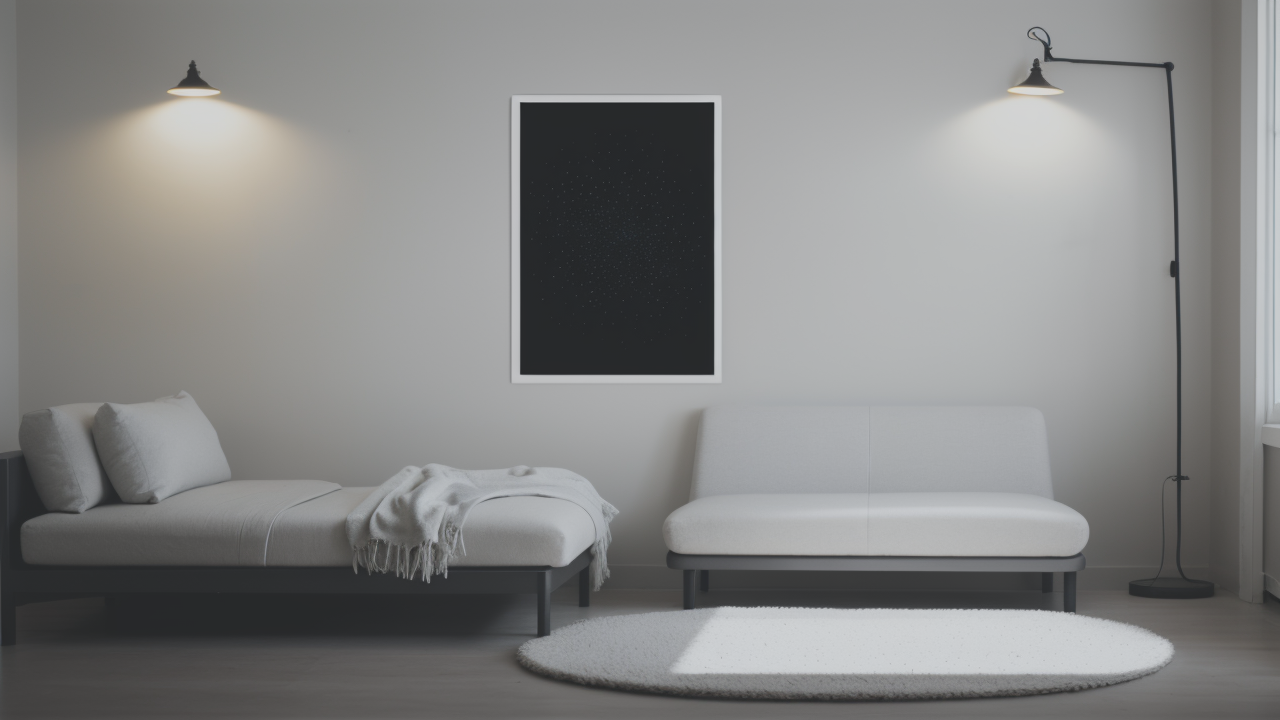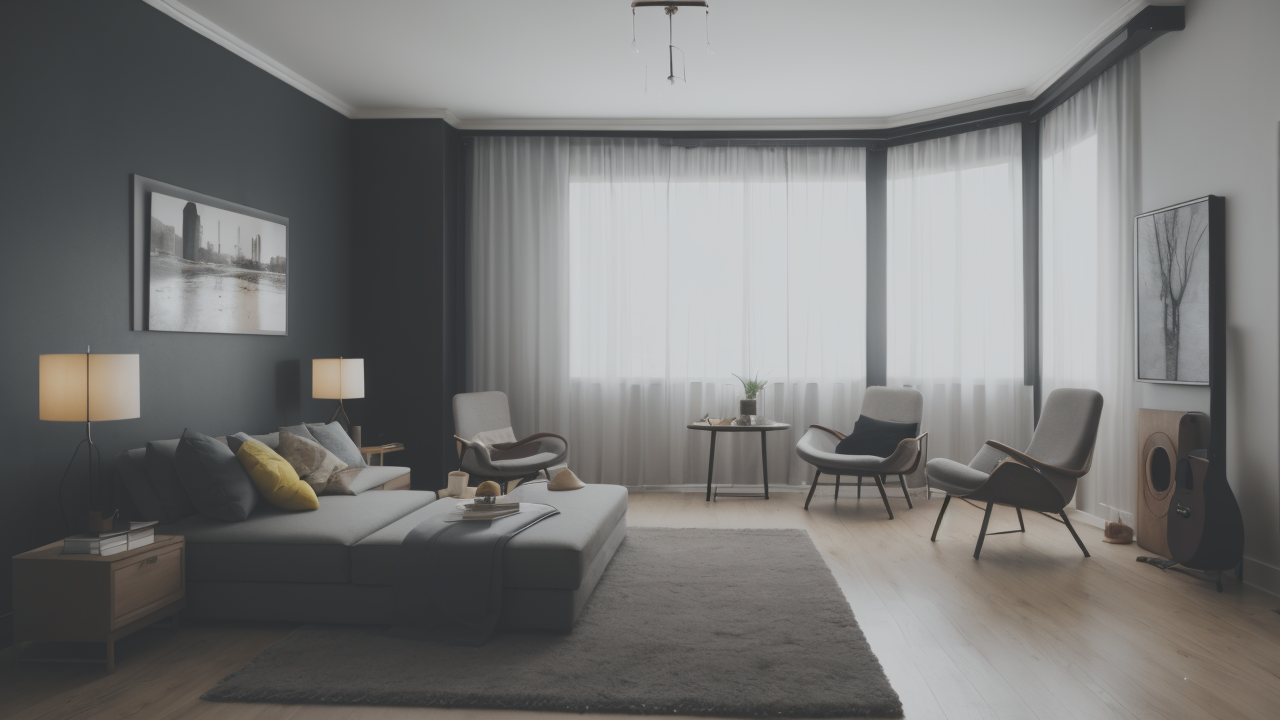
Elevating Interior Design: Blending Modern Wall Decor with Traditional Nawabi Elements
Introduction to Minimalist Nawabi-Style Decor
The Origins of Nawabi-Style Wall Art
Nawabi-style wall art has its roots in the opulent courts of Mughal India. It emerged during the 18th and 19th centuries. This art form blends Persian, Indian, and Islamic influences. Nawabi art is known for its intricate patterns and rich colors. It originally adorned palaces and mansions of nobles. Over time, it has evolved to suit modern tastes. The style combines luxury with elegance. It offers a unique mix of historical charm and contemporary appeal. Nawabi art often features floral motifs and geometric designs. It also includes calligraphy and miniature paintings. These elements create a sense of grandeur and sophistication. Today, it's adapted for use in modern homes and spaces.

Defining the Minimalist Approach in Wall Decor
Minimalism in wall decor focuses on simplicity and functionality. It's about creating impact with less. This approach values clean lines and uncluttered spaces. Minimalist decor often uses a limited color palette. It emphasizes neutral tones and simple shapes. The goal is to create a sense of calm and order. In wall art, this means choosing fewer, but more impactful pieces. Each element should serve a purpose. Minimalism doesn't mean boring or plain. It's about thoughtful selection and placement. This style can create a sophisticated and serene atmosphere. It allows key pieces to stand out and be appreciated fully. The result is a space that feels both elegant and peaceful.
Key Elements of Nawabi-Minimalist Wall Decor
Embracing Simplicity and Elegance
Nawabi-minimalist wall decor blends two distinct styles. It combines the ornate Nawabi style with minimalist principles. The key is finding the right balance. Use Nawabi elements sparingly for maximum impact. Choose one or two statement pieces with intricate designs. Pair these with simple, clean walls. Opt for muted colors that complement the artwork. Focus on quality over quantity. Each piece should be able to stand on its own. Use negative space to highlight the beauty of Nawabi designs. This approach creates an elegant, uncluttered look. It allows the eye to appreciate the artistry without feeling overwhelmed. The result is a space that feels both luxurious and peaceful. It's a perfect blend of tradition and modern aesthetics.

The Role of Geometric Shapes and Patterns
Geometric shapes and patterns are central to Nawabi-minimalist decor. They provide structure and visual interest. Common shapes include circles, squares, and triangles. These often form intricate, repeating patterns. In a minimalist setting, use these patterns sparingly. A single wall panel with geometric designs can be striking. Consider using metallic accents to enhance the patterns. This adds depth without overwhelming the space. Geometric rugs or cushions can complement wall decor. They tie the room together without cluttering it. Balance is key. Use patterns to create focal points in an otherwise simple room. This creates a harmonious blend of complexity and simplicity. The result is a visually engaging space that remains true to minimalist principles.
Incorporating Technology and Innovation
Modern technology offers new ways to explore Nawabi-minimalist decor. Digital art frames can display changing Nawabi-inspired designs. This allows for variety without physical clutter. LED lighting can highlight intricate patterns on walls. It creates depth and ambiance. Consider projection mapping for temporary, dynamic wall art. 3D printing enables custom Nawabi-inspired wall sculptures. These can be sleek and minimal, yet detailed. Smart home systems can control lighting and art displays. This adds an interactive element to wall decor. Augmented reality apps can help visualize decor before installation. Embrace innovation to keep the style fresh and adaptable to modern living. Technology can enhance the beauty of traditional designs in surprising ways.
Implementing Nawabi-Minimalist Decor in Modern Homes
Balancing Tradition with Contemporary Living
Integrating Nawabi-minimalist decor into modern homes requires thoughtful balance. Start with a neutral base. Choose calm, muted wall colors as a backdrop. Add Nawabi elements through carefully selected pieces. A single, large artwork can serve as a focal point. Use traditional motifs in unexpected ways. Try a minimalist interpretation of a classic pattern. Mix materials to add depth. Combine sleek, modern surfaces with rich, traditional textures. Consider using Nawabi-inspired colors in small doses. A pop of deep blue or gold can enliven a neutral space. Remember, less is more. Each piece should have room to breathe and be appreciated fully. The goal is to create a space that feels both timeless and contemporary.

Tips for Selecting Pieces and Placement
When selecting Nawabi-minimalist pieces, focus on quality and impact. Choose items that speak to you personally. Look for pieces that blend traditional craftsmanship with modern design. Consider scale carefully. A large piece can anchor a room, while smaller items add subtle interest. Group items thoughtfully. Use the rule of odd numbers for a balanced look. Pay attention to negative space. Allow room between pieces for visual rest. Consider the flow of your space when placing items. Use wall decor to guide the eye through the room. Don't be afraid to mix and match styles. A modern frame can refresh a traditional piece. Balance is key to achieving a cohesive look. Trust your instincts and choose pieces that bring you joy.
Maintaining Authenticity in Wall Decor Maintenance
Maintaining Nawabi-minimalist wall decor is crucial for preserving its beauty. Regular dusting is essential, especially for intricate pieces. Use soft, dry cloths to avoid scratching surfaces. For metallic elements, avoid harsh chemicals. A mild soap solution works well for most cleaning needs. Protect wall art from direct sunlight to prevent fading. Consider using UV-protective glass for framed pieces. Rotate artwork periodically to maintain even exposure. For textiles, gentle vacuuming can remove dust without damage. Store extra pieces properly to maintain their condition. Handle delicate items with care. Regular maintenance ensures your decor remains authentic and beautiful. Preserve both the aesthetic and value of your unique pieces. With proper care, your Nawabi-minimalist decor will continue to inspire for years to come.


